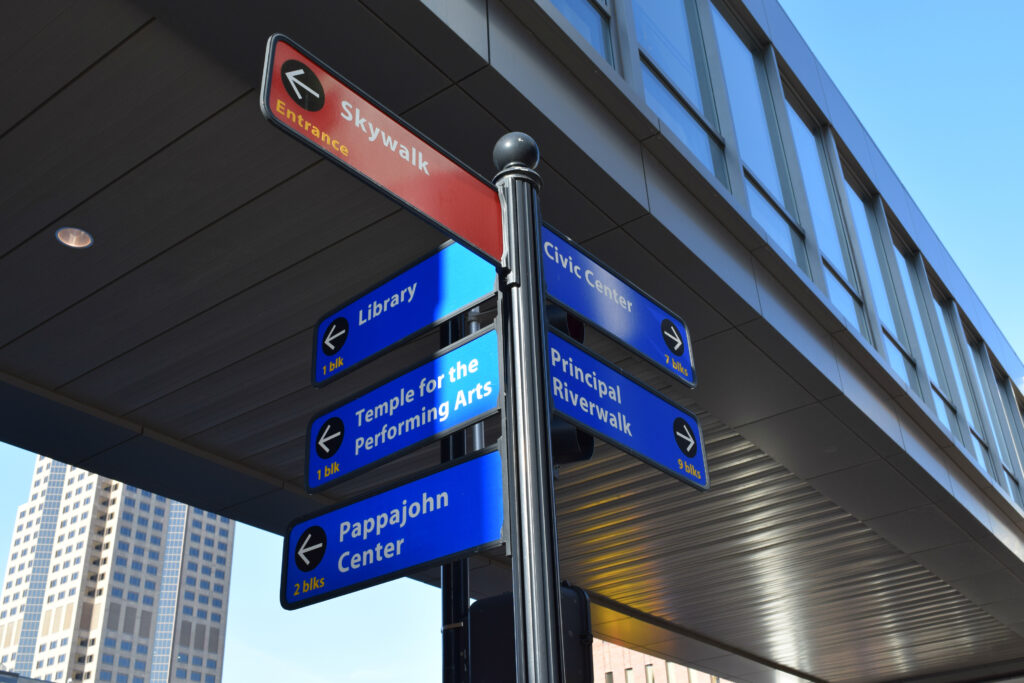Funding for STEM programs

Recognizing the shortfall in the number of Iowa students taking science, technology, engineering and mathematics (STEM) classes to prepare for technology-driven professions, Gov. Terry Branstad in the summer of 2011 signed an executive order creating the Governor’s STEM Advisory Council. Now, the question is whether the initiatives being created by the council can be sustained through support from the public and private sectors.
The state’s STEM program, which has received nearly $10 million in state appropriations in the past two years, is seeking an additional $5.2 million in funding this legislative session to maintain the initiatives. The need for state funding is likely to continue for at least a decade, said Jeffrey Weld, the advisory council’s executive director. An estimated 60,000 additional students are expected to have access to innovative STEM-focused opportunities this school year due to the initiative.
A significant component of the STEM program is Connect Every Iowan, an initiative launched by Branstad in September 2013 to increase access to high-speed Internet resources, particularly for underserved Iowans. Late last year, the STEM Advisory Council’s Broadband Committee generated six policy recommendations to encourage further broadband development statewide. Those recommendations include legislative proposals that would allow unused bandwidth of the Iowa Communications Network fiber backbone to support private broadband companies’ expansion into underserved areas of the state. The committee also recommended legislation to provide Iowa schools with greater latitude for using infrastructure funding for broadband expansion or upgrades.
Iowa State University economics professor Peter Orazem questioned whether devoting state resources to support broadband development in rural areas is a smart economic move.
“In principle, one can argue that a new firm can start anywhere,” he said. “But now just under 80 percent of the population live in urban areas. They’re going to find jobs proportionally in those population centers, and there are advantages to firms being located in close proximity to each other.”
The level of state support needed for STEM programs in future years will depend in part on how much private-sector support can be obtained, Weld said, adding that the council is working hard to engage private-sector partners. In the past year, the initiative netted about $230,000 in private funds.
“We’re very earnest about cost-sharing,” he said. “Stakeholders are being invited more earnestly every year to help us with funding.”
Weld said that demand for STEM programs is already outstripping funding as “scale-up” projects are proposed and enacted. Last year, approximately $1.5 million in new STEM programs created by teachers and students statewide went unfunded and so were not launched, he said.
Overall, the program’s goals have received widespread bipartisan support from state legislators, Weld said. “It’s the perfect blend of education and economic development,” he said. “Everyone sees STEM as a win-win.”
Do you think STEM funding request is adequate, and overall, what do you see the chances of continued funding? What about broadband expansion?
Democratic position – Iowa Senate President Pam Jochum:
“I don’t think there’s a lot of controversy in terms of the value of STEM. It is certainly a very vital part of our education system if we plan as a state to move forward. I don’t know whether the (current funding level) is adequate or not, but I will trust the people who serve on our education committee and the budget committee for education, knowing they will do their best to ensure we are adequately funding all of the STEM programming throughout the state.
“I know that Sen. Steve Sodders (chair of the Senate Economic Growth Committee) has also made broadband a top priority within his committee work for this next session. And last session when we made changes to the property taxes for telecommunications properties in Iowa, that was one issue that I raised with (the local telecommunications companies): Now that are seeing a reduction in overall property tax, can we expect that they will use some of that money to invest in broadband? And they made the commitment that they would.
Republican position – House Speaker Kraig Paulsen:
“I think in general, most (House) members, including myself, are really pleased with the progress on the STEM initiative and want to be supportive of seeing it continue. … I think that’s something that we very seriously want to make sure continues in a fairly robust manner.
“I think it is important that we continue with the statewide deployment of broadband, and I think it’s important to us on a host of different levels. It’s good for the economy; it’s good for education; it’s good for individual families and giving individual Iowans opportunities.”
Governor’s position:
Branstad said he is pleased with the progress being made in STEM curriculum, and has recommended the full $5.2 million in funding for fiscal 2015. He also announced a Connect Every Iowan bill In his Condition of the State address.











